During our stay in Beijing we naturally took the opportunity to visit the famous Great Wall of China. There are several sections of the wall reasonably close to Beijing and we decided to spend the day at Juyongguan (Juyong Pass). Juyong is one of the three most famous passes along the Great Wall of China, together with Jiayuguan and Shanhaiguan, and it’s just 60 kilometres (37 miles) from central Beijing.
Situated in a valley surrounded by mountains on both sides, Juyongguan has two gates, north and south. The south gate is the main entrance to the Great Wall. The parking lot is right below the pass towers, making it exceptionally easy for travellers to walk straight up to the wall. Other sections of the Great Wall are often found at the end of a fairly long walk.
Since the wall forms a loop at Juyongguan, you can walk either west or east to get to the north gate, where you can leave the wall. Or you can simply stop when you feel you’ve walked and climbed far enough and return the way you came.
The western route pictured here is very physically challenging and you’ve got to be reasonably fit to tackle the climb up from the base level. More than reasonably fit, actually, the steps are very steep and uneven and seem to go on forever before the wall levels out. On our first ascent I gave up after less than an hour, but my energetic wife continued for two or three more levels, leaving me winded and humiliated.
The Great Wall is truly an awesome sight. A series of ancient fortifications built to protect ancient territories against the nomadic tribes from the northern steppe, it’s claimed to be the longest man-made project in the world, stretching more than 21,000 kilometres across northern China. However, contrary to popular myth, the wall cannot be seen from space with the naked eye. It can’t always be seen clearly from the ground for that matter, for the air is often hazy as can be seen in some of these photos.
The Great Wall of China was first completed in the Qin dynasty (221–206 BCE), and was last rebuilt as a defence in the Ming dynasty (1368–1644). It protected China's north from invasion for all but two dynasties that were invader-led: Yuan (1279–1368) and Qing (1644–1912).
The Juyong Pass Great Wall section was built by the Ming dynasty in a strategic valley that allowed direct access to Beijing from the north. The Ming Great Wall portion is 8,800 kilometres long.
While the entire wall is an engineering marvel, certain sections stand out for their historical significance and truly breathtaking scenery. Here are a few alternatives to the section that we explored:
1. Badaling
Perhaps the most famous and well-preserved section of the Great Wall, Badaling offers visitors a glimpse into its historical grandeur. With its strategic location and impressive defences, it served as a crucial military stronghold. Its starting point is about 70 kilometres from Beijing. Be aware this section is the most popular with Chinese tourists and is therefore extremely crowded at all times.
2. Mutianyu
If you prefer a slightly less crowded experience, the Mutianyu section is the perfect choice. While equally impressive in its construction and scenery, it offers a more tranquil and picturesque setting. Surrounded by lush vegetation and rolling hills, Mutianyu provides a memorable experience for nature lovers and history enthusiasts alike. About 73 kilometres from Beijing.
3. Jinshanling
For those seeking an authentic adventure, Jinshanling provides an opportunity to explore a partially restored section while also experiencing its original rugged character. Hiking along this section can be demanding but incredibly rewarding, offering panoramic views and glimpses into the wall's ancient foundations and watchtowers. At 150 kilometres from Beijing, this section is the farthest from the city.
4. Simatai
Although only 5.4 kilometres in length, Simatai is famous for its unique architectural style and strategic location. Located on steep mountain ridges, it showcases the wall's adaptive design in response to the challenging terrain. This section is particularly captivating at sunset when the golden rays reflect off the ancient stones, creating a surreal atmosphere. About 120 kilometres from Beijing.
The Great Wall was declared a UNESCO World Heritage site in 1987, but confusion abounds over whether it is one of the Seven Wonders of the World. The fact is the wall is included in lists of the Seven Wonders of the Medieval World and also the New Seven Wonders, as determined by the private organisation, the New 7 Wonders Foundation. However, it was not, of course, one of the classical Seven Wonders of the World as recognised by the ancient Greeks.

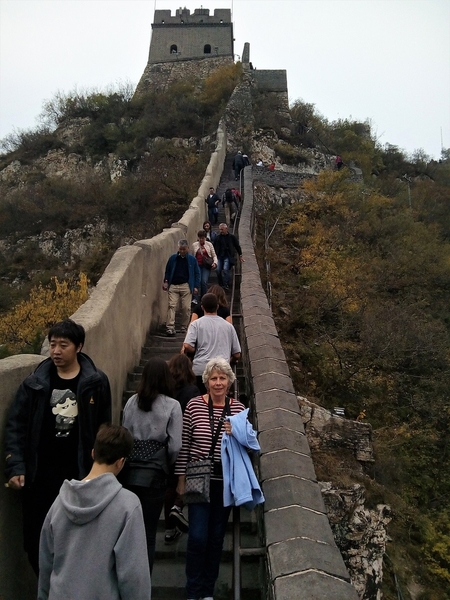
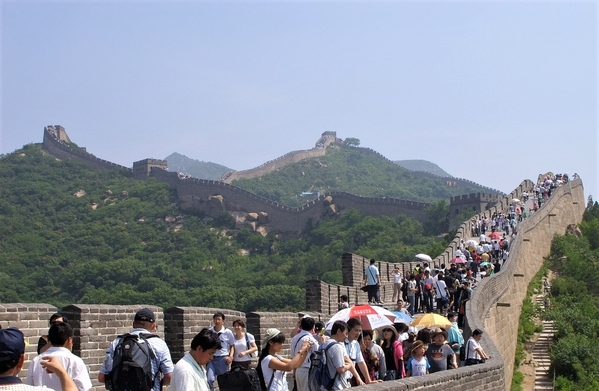

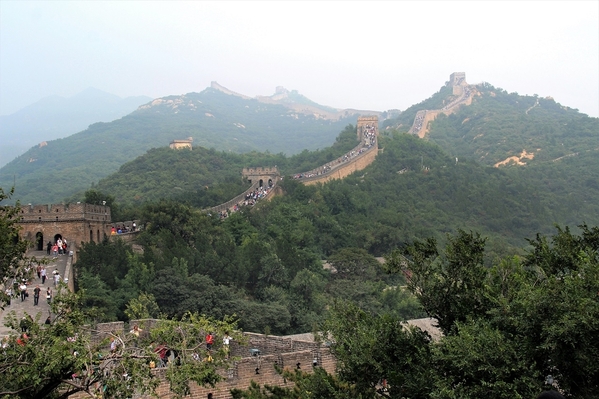
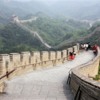


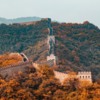

Comments (0)